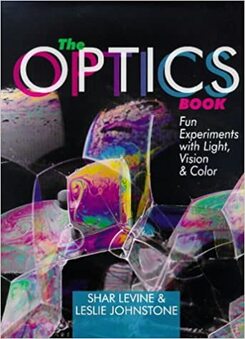Menu
northland Library media center
Take-n-Makes are kits students can take home to build/create. Most kits complement a book in the library and are aligned to curriculum standards. Students simply come to the library and sign-out a kit. Note: some kits require students to bring back specific items (scissor, compass, etc.).
Be a Zinester!
Stop by the library for supplies
Moxie by Jennifer Mathieu (FIC MAT): "Fed up with the sexist and toxic status quo at her high school, a shy 16-year-old finds inspiration from her mother’s rebellious past and anonymously publishes a zine that sparks a school-wide, coming-of-rage revolution. Based on the novel by Jennifer Mathieu. Directed by Amy Poehler." - Youtube
Click the book to learn more!
|
|
Rocket RacerTopic: Newton's Third Law of Motion
Objective: To construct a car to demonstrate how rockets move by means of action and reaction Description: A small car is propelled by the action/reaction force generated by a balloon. The History of Rockets by Ron Miller (621.43 MIL)- "Surveys the invention, development, and different uses of rockets, from their beginnings in ancient Greece and China to modern efforts to explore outer space." - Follet Destiny
|
|
National Science Content Standards
|
National Mathematic Content Standards
|
|
If you can't take a kit home from the library, you can find the template and more information on http://www.BealsScience.com
|
3D Hologram ProjectorEasily create a hologram projector and locate a video online to experiment with light, refraction, specular reflection, and Snell's Law.
The Optics Book by Shar Levine & Leslie Johnstone (535 LEV) - "Explores the properties of light and color by means of experiments and analysis of various optical instruments including periscopes, and telescopes."
|
|
Physical Science: PW.EW.3 Waves; Physics: P.W.1 & 2 Waves
Radiant energy exhibits wave behaviors including reflection, refraction, absorption, superposition and diffraction. For opaque objects (e.g., paper, a chair, an apple), little if any radiant energy is transmitted into the new material. However, the radiant energy can be absorbed, usually increasing the thermal energy of the object and/or the radiant energy can be reflected. For rough objects, the reflection in all directions forms a diffuse reflection and for smooth shiny objects, reflections can result in clear images. Transparent materials transmit most of the energy through the material but smaller amounts of energy may be absorbed or reflected. |






